Laws preventing Children from Cyber Sexual Abuse
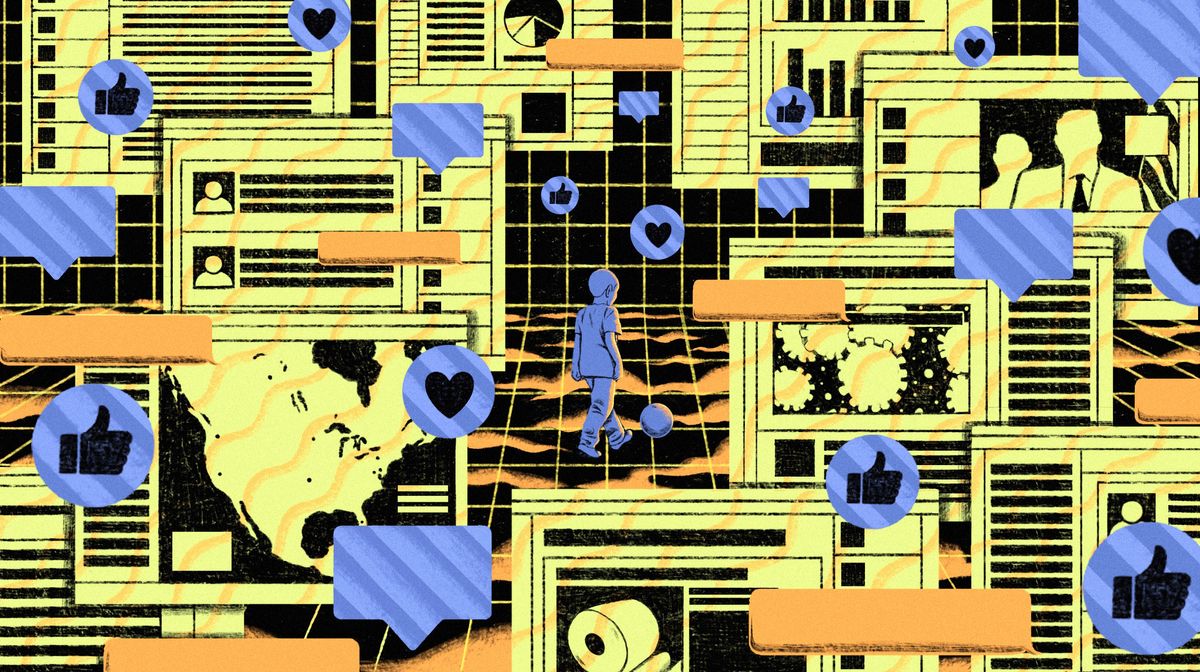
Information Technology has been a boon to almost all of us. Information Technology has played a vital role in our lives in an unprecedented manner. Each one of us somehow or in some other way is all connected to the huge cycle of World Wide Web. Internet has touched almost every aspect of our lives today right from online transactions to online social interactions through various websites and online applications. The number of Internet users has taken a long toll with each day passing by. Although the Netizens draw several benefits from the use of Internet, the negative aspect is also a stark reality. The increasing use of the Internet by the children is growing in an alarming rate which has become a grave concern for all of us. The dark side of the Internet has increased the toll of Child pornography, child grooming, exposure to pornography and cyber bullying in India recently. Child Sexual Abuse when is often a trauma that may have an impact on the victims throughout their lives.
Definition of a Child
The United Nations Convention on the Rights of the Child defines a child as a human being who is below the age of 18 years unless under the law applicable to the child, majority is attained earlier. In India the Protection of Children from Sexual Offences (POSCO) Act, 2012 was implemented by the government in order to deal with matters concerning to child sexual abuse. This legislation gives the definition of a child as someone who is below the age of eighteen years of age. This legislation is considered as one of the most effective act which has brought justice to child abuse victims and has taken strict action against the abusers.
Child Sexual Abuse
Child Sexual abuse includes in it any contacts between a child (under the age of 18 both boys and girls) and an adult who is significantly older than the victim and is in a position to dominate over the child or may even be an acquaintance or an unknown person in which the child is being used for the sexual stimulation of the perpetrator or another person. Child sexual abuse is a significant trauma that has a huge emotional, mental and physical impact on the victim throughout his/her life. Child sexual abuse is talked quite secretly in India due to social denial, peer pressure, ignorance and silence owing to the discomfort taboo generated out of acknowledgement. The stigma that is attached to sexual abuse is so disturbing that abuse of girls are often kept hidden in the guise of family honor and issues of “purity” while abuse of boys is often ignored in the name of masculinity and patriarchy by some set of the society and sometimes it is even considered to be an impossible occurrence. The widespread ignorance and silence on this issue has raised a number of myths which have taken root and grown in the Indian society and culture. The definition of child sexual abuse can be divided into two categories-
1. Non- Contact Type Child Sexual Abuse
- Sexually obtrusive questions and comments which can be verbal or in text message.
- Forced to watch sexual content.
- Obscene phone calls.
- Forced to look at sexual parts of the body (adult exposing genitals).
2. Contact Type Child Sexual Abuse
- Being touched near genital areas of the child.
- Forcing a child to touch genital areas of another person.
- Forced oral sex.
- Forced inter-course with the child.
The above mentioned activities are disturbing in nature and that abusers often go beyond the above mentioned activities. The child victims are increasing in number with the growing rate of internet and social media influence. Children are prone towards becoming popular among their peer groups through the platform of social media but sadly end up becoming more depressed and prey to such child sexual abusers.
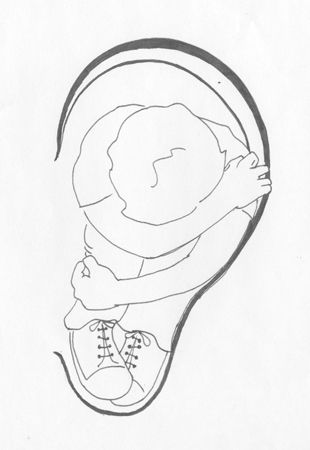
Online Child Sexual Abuse?
The growing Online Child Sexual Abuse has become a grave concern in recent years especially during this lockdown period. Children are more prone to social media and online dating sites to make new friends and attain popularity. Online child sexual exploitation most includes grooming, live streaming, consuming child sexual abuse materials, and coercing and blackmailing children for sexual purposes. As technology is getting advanced, new forms of this crime emerge. It has become easier for the perpetrators to make contact with children, share images of obscene activities and so on. Children are getting vulnerable to the growing cyber bullying, online sexual abuse and harassment, and other horrific practices such as grooming or preparing the child for sexual manipulation. Various social media platforms have started influencing the growing teenagers so highly that they end up indulging themselves in activities which makes it easier for the abusers to attack them.
Child Pornography
There is no specific set of definition for the term 'Child Pornography'. According UNCRC the child pornography includes any representation of a child engaged in real or stimulated explicit sexual activities or representation of the genitals of a child for primarily sexual purposes. Honestly, there is no uniform definition on child pornography. The development of Child pornography is mainly because of two factors- the inception and availability of digital cameras, computers and software, applications that help in changing the location of your internet access, which has made it relatively cheap for the abusers to make child pornography and secondly obviously is the advancement of Internet technology which has increased the production and distribution of such material to a larger extent.
Laws dealing with Child Pornography in India
- The Protection of Children from Sexual Offenses Act, 2012 (POCSO) - Chapter III specifically addresses the issue of child pornography. Section 13 of the Act prohibits the use of children for pornographic purposes. The Act covers child pornography produced and distributed through information and communication technologies. The “explanation” section provided under Section 13 indicates that all acts related to child pornography covered by Article 3 of the OPSC [1] are also criminalized by this Act. Section 13 of the Act prohibits the mere possession of pornographic materials involving children.
- The Indian Penal Code, 1860 - The Indian Penal Code has several provisions on obscenity that could be used to prosecute cases of child pornography. It prohibits the sale of obscene books [2]; the sale of obscene objects to a young person [3]; and obscene acts and songs by rendering the person performing them subject to prosecution, but not the audience or those who make the person perform the obscene act or song[4].
- The Information Technology Act, 2000 - Section 67B of the Information Technology Act, 2000 (ITA), as amended in 2008, punishes whoever “cultivates, entices or induces children to online relationship with one or more children for a sexually explicit act"[5].
Child Grooming
Child Grooming is a practice of befriending and forming an emotional bond with a child by a person with the objective of sexual abuse. These incidents have grown with the advent of the Internet where such grooming take place through public chat rooms and social media especially through online dating sites and applications. Such dating apps are used by the abusers in order to deceive them in sending obscene pictures and videos.
Child grooming is quite common in India where peer pressure becomes highly influencing and makes them do things which ultimately leads them to some trouble. The teenage group of 14-17 years old is more likely to fall for grooming. The anonymity provided by the Internet and the social media addiction are the factors which have contributed to the rise of child grooming online.
Laws dealing with Child Grooming
- The Protection of Children from Sexual Offenses Act, 2012 (POCSO)- Section 11(vi) of POCSO provides that a person who entices a child for pornographic purposes or gratification, with sexual intent is said to commit sexual harassment upon a child. Further this section states that a person is said to commit sexual harassment when such person ''repeatedly or constantly follows or watches or contacts a child either directly or through electronic, digital or any other means'' with sexual intent. This section takes a strong stand in defining grooming indirectly [6].
- The Information Technology Act - Section 67B(c) of IT Act, 2008 also punishes the enticement of children in an online relationship with the purpose of publishing or transmitting of materials depicting children in sexually explicit act in electronic form [7]. These provisions however do not use the term 'grooming' explicitly but helps us in initiating a case against such abusers.
In 2016, a UNICEF report highlighted that the inefficiency of the Indian laws to protect children from online abuse including grooming. It notes the limitations in the law which includes lack of uniform terminology in legislations, and absence of any legal duty on intermediaries to protect children from online threats [8].
Legislations and Laws related to Child Sexual Abuse
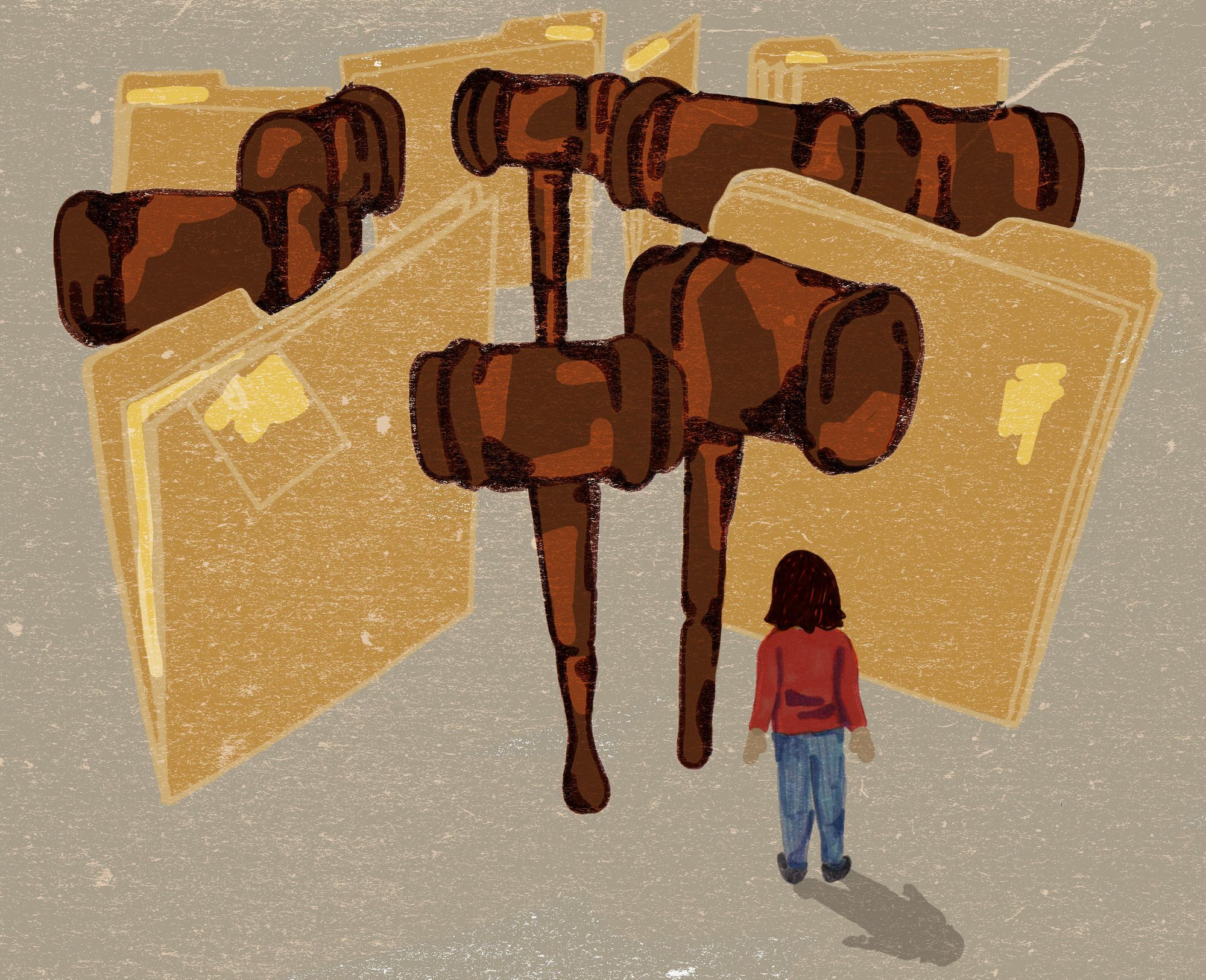
There is no such laws and regulations explicitly meant for addressing Online Child Sexual Abuse but the enactment of POCSO Act and other such acts and legislation under Indian Penal Code works effectively in addressing online child sexual abuse.
1. THE PROTECTION OF CHILDREN FROM SEXUAL OFFENCES ACT, 2012 (POCSO) - Before the enactment of POCSO Act in 2012, matters relating to sexual offences against children was addressed under the Indian Penal Code,1860. The Protection of Children from Sexual Offences Act, 2012 has been passed by the Lok Sabha on 22 May, 2012 after clearance from the Rajya Sabha on 10th May, 2012. The protection of Children from Sexual offences Act 2012 has been drafted to strengthen the legal provision for the protection of children from sexual abuse and exploitation.
Punishments for Offences covered under this Act -
- Penetrative Sexual Assault (Section 3) – Not less than seven years which may extend to imprisonment for life, and fine (Section 4)
- Aggravated Penetrative Sexual Assault (Section 5) – Not less than ten years which may extend to imprisonment for life, and fine (Section 6)
- Sexual Assault (Section 7) – Not less than three years which may extend to five years, and fine (Section 8)
- Aggravated Sexual Assault (Section 9) – Not less than five years which may extend to seven years, and fine (Section 10)
- Sexual Harassment of the Child (Section 11) – Three years and fine (Section 12)
- Use of Child for Pornographic Purposes (Section 13) – Five years and fine and in the event of subsequent conviction, seven years and fine (Section 14 (1) ) [9]
2. THE INDIAN PENAL CODE, 1860 - The Indian Penal Code does not explicitly define child abuse as a specific offence nor does it offer any legal remedy and punishment for 'Child Abuse'. It is through the application of certain other provision in the IPC that a child sexual offenders is criminalized- the offence of rape (Section 375), outraging the modesty of a woman (section 377) and procurement of minor by inducement or by force to seduce or have illicit intercourse (section 366-A). None of the above sections define in legal terms what constitute Child Sexual Abuse (CSA).
3. THE INFORMATION TECHNOLOGY ACT, 2000 - The main law related to online child cyber bullying is the Information Technology Act, 2000 ( amended 2008) which covers in its ambit cases of cyber bullying but is still not complete and directly addressed in the same regard. Section 66E of the IT Act deals with the violation of the privacy of a person. This section states that any person who violates the privacy by transmitting, capturing or publishing private pictures of any other person without the consent of such person shall be punished with up to three years imprisonment or fine up to two lakh rupees or with both. Section 67B(c) of IT Act, 2008 also punishes the enticement of children in an online relationship with the purpose of publishing or transmitting of materials depicting children in sexually explicit act in electronic form. These provisions however do not use the term 'grooming' explicitly but helps us in initiating a case against such abusers.
Conclusion
Indian legislature lacks a strong and a rigid mechanism in tackling the growing online child sexual abuse. There are various provisions of some other legislation which becomes effective in combating such cases. India lacks in tackling online child sexual abuse because of its ineffective initiative in tackling. India lacks a ministry of internet safety and security nor E-Safety Commissioners. There is no such proper framework of legislature in bringing Online Child Sexual abuse under its ambit in order to resolve such cases and that in the growing world of Internet where children are getting prone to the use of Internet, it has become necessary for the legislature to cooperate with the judiciary and form a legislation which will take into consideration of the above grave matter.
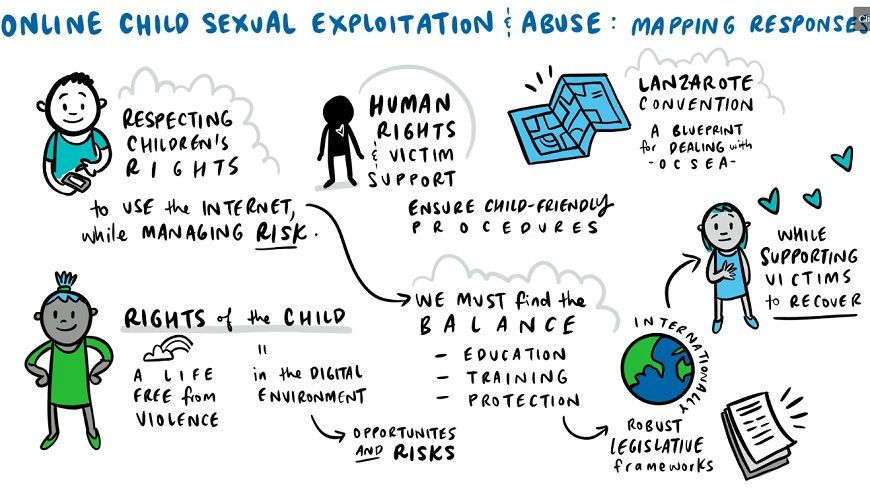
[1] Optional Protocol to the Convention on the Rights of the Child on the sale of children, child prostitution and child pornography (https://www.ohchr.org/EN/ProfessionalInterest/Pages/OPSCCRC.aspx)
[2]Indian Penal Code, Section 292.
[3] Section 293.
[4] Section 294.
[5] Information Technology Act, 2000, Section 67.
[6] POCSO, Section 11(iv).
[7] Information Technology Act, Section 67B(c).
[8] https://www.unicef.org/india/research-reports/publications
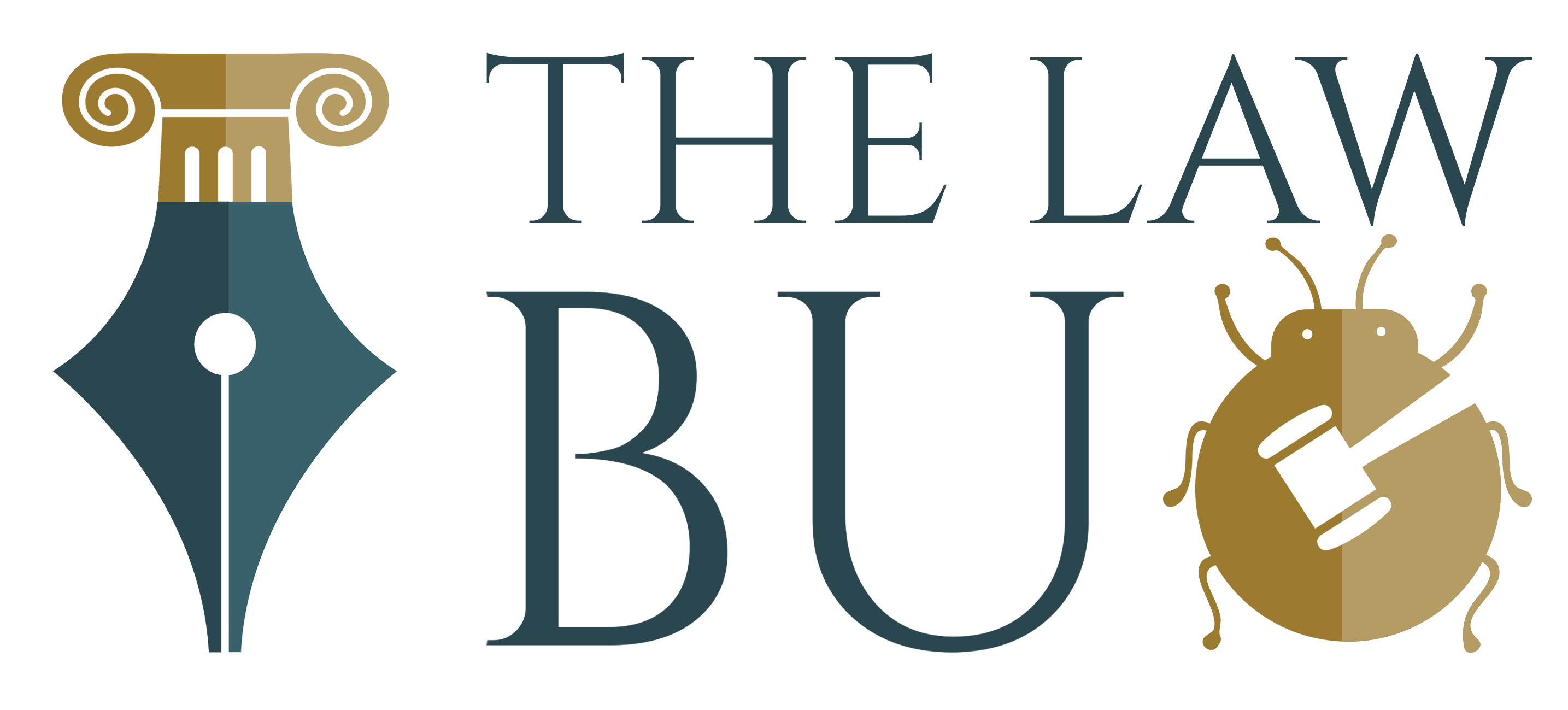
Comments ()